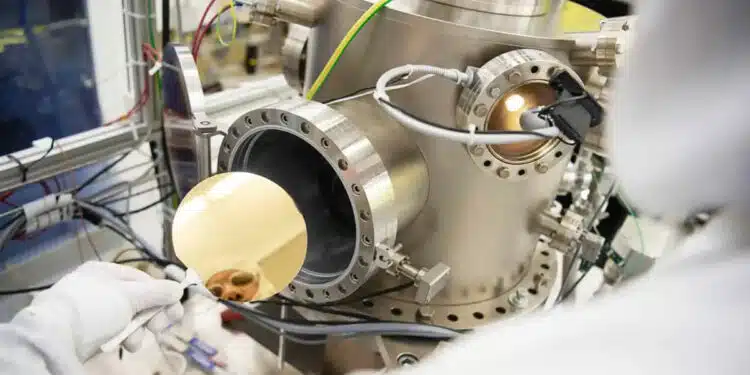Smoltek Nanotech Holding AB reports significant advances in wafer-based carbon nano-fiber CNF-MIM capacitor technology with a 230% boost in capacitance density through a new dielectric stack based on zirconium oxide.
Smoltek Semi, the group company driving Smoltek’s semiconductor business area, has spent the last nine months working intensively on a project to develop a new dielectric stack for its CNF-MIM capacitor technology.
The first phase of this project has now concluded successfully, demonstrating significant improvements over the previous generation of dielectric stacks. The new stack, based on zirconium oxide, will be integrated into future generations of CNF-MIM capacitors. The prior stack, made from hafnium oxide, was utilized in the Gen Zero capacitors.
”The newly developed dielectric stack is a blend of two oxides: a high-k oxide to boost capacitance density, and an oxide that serves as a barrier against charge movement, thus minimizing current leakage”, explains Farzan Ghavanini, CTO at Smoltek.
During the first phase, Smoltek Semi focused on parallel plate capacitors, depositing the dielectric stack on flat surfaces between two parallel electrodes. Performance measurements were carried out at the wafer level and after the devices were transferred and mounted onto PCBs. The results revealed an extraordinary 230% improvement in capacitance density compared to the Gen Zero dielectric stack, while another critical performance metric, leakage current, showed a 50% reduction.
”The results have been outstanding, both in terms of performance metrics and reproducibility. I’m particularly excited about the exceptional reproducibility achieved during the first phase, where we reached a fabrication yield of 100%”, Farzan adds.
The devices mounted on PCBs have now been sent to Yageo who is supporting Smoltek with reliability testing and further characterization.
The second phase of the project, which began after the summer, will focus on depositing the new dielectric stack onto Smoltek’s carbon nanofibers, aiming to demonstrate that the improvements can be fully utilized in a CNF-MIM structure.































